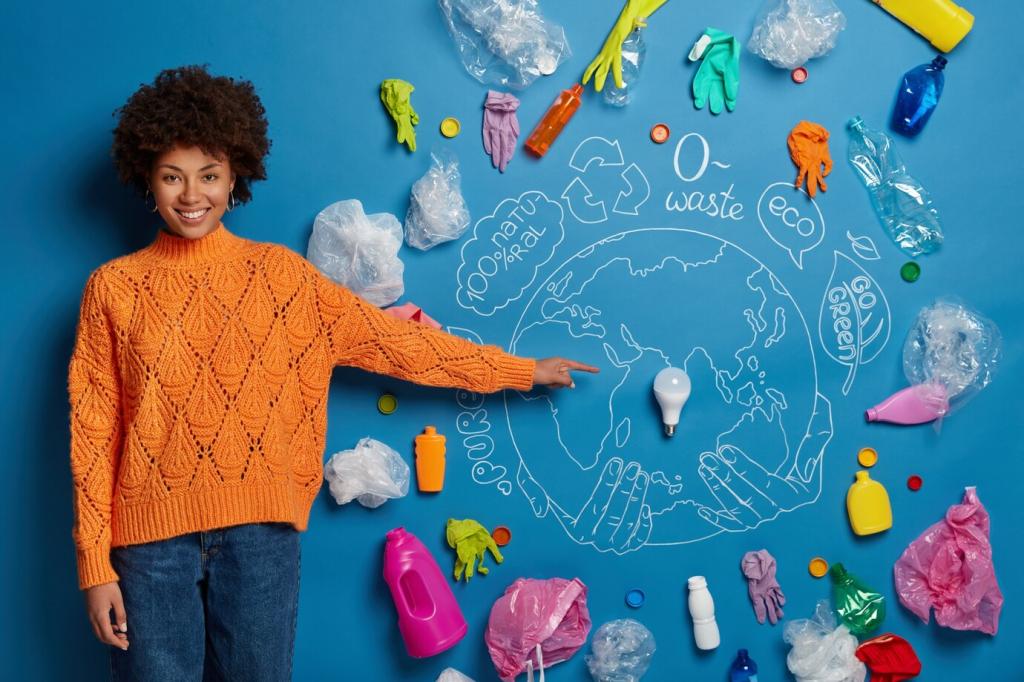Stories From the Plate: Real Moments of Change
Standing at the fridge at midnight, Maya placed a hand on her heart and asked, “What do I actually need?” It wasn’t pizza; it was reassurance. She wrote a kind note to herself and went to bed.
Stories From the Plate: Real Moments of Change
Jon loved brownies but feared losing control. He tried a three-bite ritual—slow, savoring, present—and noticed satisfaction without guilt. The ritual didn’t shrink joy; it magnified it, and his overall stress steadily eased.



